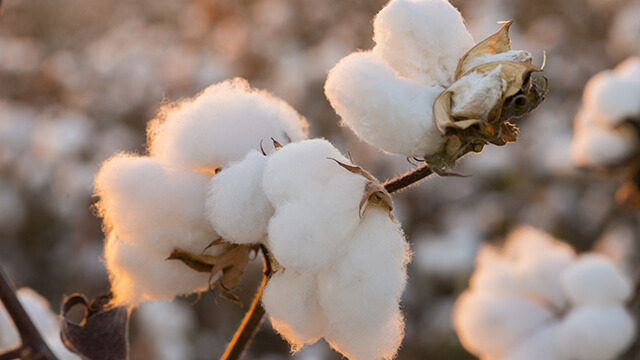The Bt cotton seed market is experiencing a shortage of branded hybrids, particularly in the central and south zones, amid expectations that the cotton acreage in the forthcoming Kharif season would surpass last year’s coverage, according to vendors. Last year’s seed production was hampered by an abundance of rain, which affected the market. This year’s unseasonably wet April and May led to the early planting of cotton in the major cotton-producing States of Gujarat and Maharashtra, while the planting in the northern States of Punjab, Haryana, and Rajasthan is practically finished. According to M. Ramasami, chairman of Rasi Seeds, “The movement of branded cotton hybrid seeds is going quickly and the market feels there will be some tight supply situation in the central and south zones.”
This year would see the final use of all carry-forward stocks, he continued. Before June 1, the Maharashtra government forbids the sale of Bt cotton seeds. The past several days, according to Ramasami, have seen sales overtake production, though. The country’s market for Bt hybrid cotton is thought to be around 4–4.5 crore 450-gramme packets, and the industry typically maintains carry-forward stockpiles of 1–1.5 crore packets. “This year the carry-forward stocks of Bt hybrids from last year were at a minimum and the seed production last year was impacted by the excess rains,” Ramasami stated.
Despite the recent decline in cotton prices brought on by the numerous market arrivals, seed industry participants anticipate that producers’ interest in the fiber crop will remain high as other rival crops like maize and soybean are seeing a bearish trend. Around this time last year, maize was in high demand. Cotton may become a more popular crop in areas of Maharashtra that border Madhya Pradesh now that it is no longer grown there and there is a chance that soya prices would also drop, he suggested.
The supply situation for Bt cottonseeds is constrained, according to Ram Kaundinya, Director General of the Federation of Seed Industry of India (FSII). A rise in demand has put cotton hybrids, a particularly well-liked commodity, in a precarious situation. Due to rains and other variables, production last year fell. He stated that the level of production fell short of his expectations. Approximately 8–10% more cotton could be grown this year, according to Kaundinya.
In comparison to 123.72 lakh hectares in 2021, 130.49 lakh hectares of cotton were planted last year.
The CEO of Crystal Crop Protection Ltd.’s Seed Business, Satyendar Singh, stated that this year’s attitudes towards cotton were positive. “Last year, people felt good about it because of the price. It’s not bad this year,” he added. “Prices of rival crops have dropped sharply. Contrasted to other crops, cotton still offers respectable returns. There is no unfavorable mood, either among farmers or in the trade. Overall, the area might rise, if not stay the same, he said.

